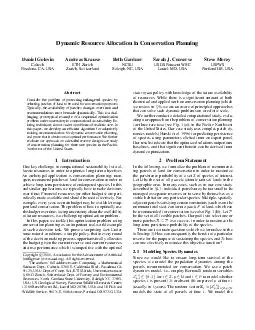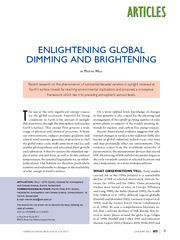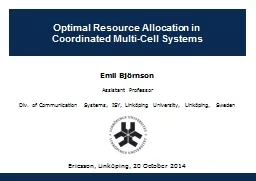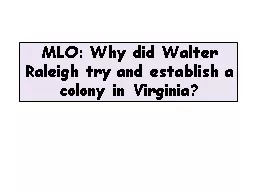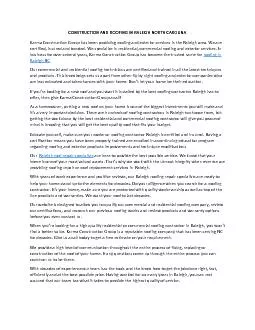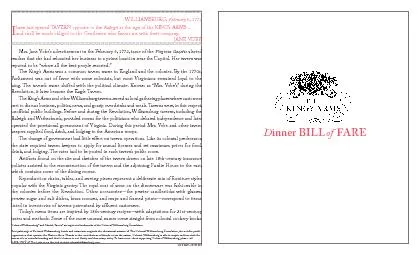PDF-Dynamic Resource Allocation in Conservation Planning Daniel Golovin Caltech Pasadena CA
Author : tatiana-dople | Published Date : 2015-01-15
Converse USGS Patuxent WRC Laurel MD USA Steve Morey USFWS Portland OR USA Abstract Consider the problem of protecting endangered species by selecting patches of
Presentation Embed Code
Download Presentation
Download Presentation The PPT/PDF document "Dynamic Resource Allocation in Conservat..." is the property of its rightful owner. Permission is granted to download and print the materials on this website for personal, non-commercial use only, and to display it on your personal computer provided you do not modify the materials and that you retain all copyright notices contained in the materials. By downloading content from our website, you accept the terms of this agreement.
Dynamic Resource Allocation in Conservation Planning Daniel Golovin Caltech Pasadena CA: Transcript
Download Rules Of Document
"Dynamic Resource Allocation in Conservation Planning Daniel Golovin Caltech Pasadena CA"The content belongs to its owner. You may download and print it for personal use, without modification, and keep all copyright notices. By downloading, you agree to these terms.
Related Documents

